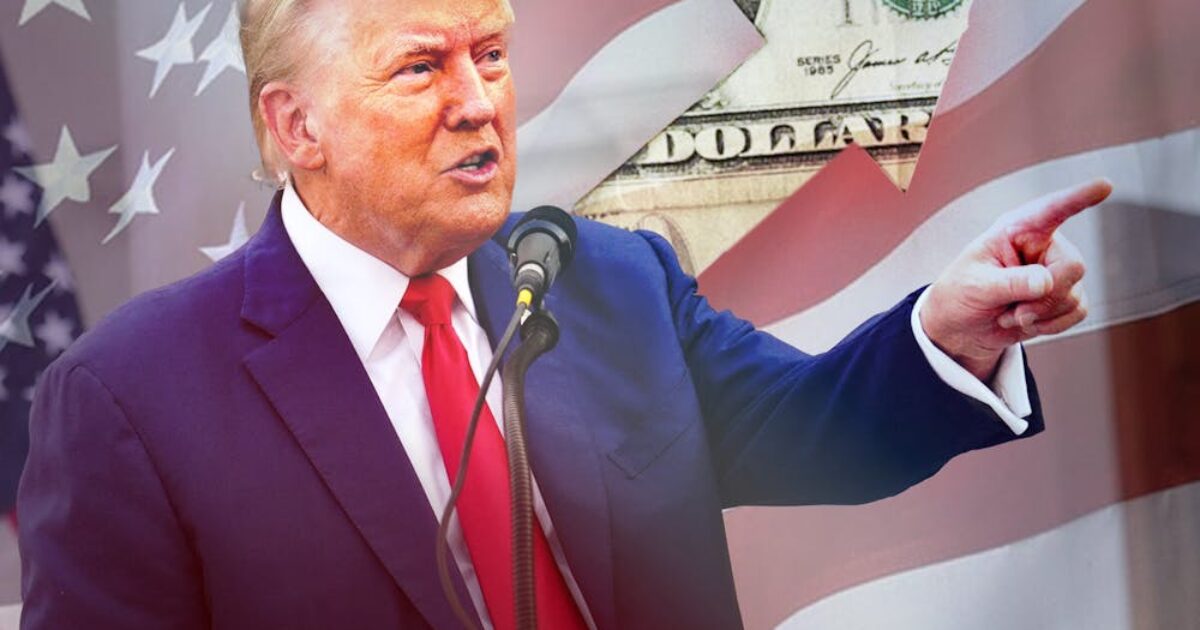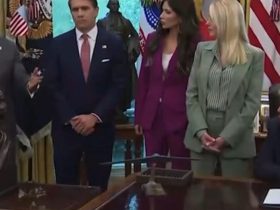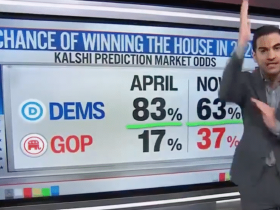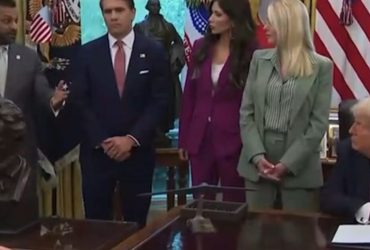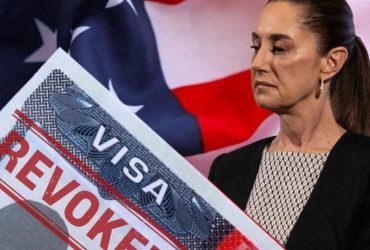Photo courtesy of The Independent Florida Alligator
Five months into Donald Trump’s second presidency, the economic data is painting a more complex picture than either supporters or critics might expect. Comparing the first half of 2025 with the same period under Biden in 2024 reveals an economy showing both positive and negative indicators.
The employment picture sends mixed signals. The unemployment rate has held steady at 4.2 percent through May 2025, slightly higher than the 4.0–4.1 percent range during Biden’s first half of 2024However, there has been a decline in labor force participation, which dropped to 62.4 percent in May—down from the 62.5–62.7 percent range seen during the same period in 2024. The employment-to-population ratio also slipped to 59.7 percent, down from about 60.0 percent last year.
A notable improvement in job creation is that, since January, all job gains have gone to native-born Americans, reversing the Biden-era trend where foreign-born workers captured a disproportionate share. Under Biden, foreign-born employment rose by 20%, compared to just 3.5% for native-born workers. In contrast, Trump-era data shows that over 500,000 new jobs through May 2025 went exclusively to native-born Americans.
Real wages are also improving. Real average hourly earnings rose 1.2 percent from February 2024 to February 2025, and 1.4 percent from March to March. Wage growth has outpaced inflation each month, giving workers increased purchasing power.
Financial stress indicators suggest an economy under pressure but not collapsing. Credit card delinquencies are rising nationwide, but the pace has slowed. Average quarter-over-quarter delinquency growth dropped from over 3.0 percent (Q3 2021–Q4 2023) to 1.5 percent or less (Q1 2024–Q1 2025). While Americans are struggling with debt, the slower growth suggests the situation may be stabilizing.
Foreclosures and bankruptcies remain low. In Q1 2025, just 61,660 consumers faced foreclosure, below the 2018–2019 range of 65,000 to 90,000. Consumer bankruptcies are also below pre-pandemic levels. However, business bankruptcies have increased, with Chapter 11 filings up nearly 17 percent versus Q1 2019. The low foreclosure rate reflects strong home equity built during the pandemic housing boom, enabling many homeowners to sell rather than face foreclosure.
Household debt data also reflects both stability and strain. The overall delinquency rate rose from 2.0 percent in Q4 2024 to 2.8 percent in Q1 2025, largely due to resumed student loan collections. Yet even at 2.8 percent, it remains below pre-pandemic levels. Third-party collections hit a record low of 4.56 percent, suggesting that most households are still managing their debt.
Foreign direct investment (FDI) continues to show confidence in the U.S. economy, despite new tariffs. While official data for total Q1 2025 FDI inflows is not yet available, one tracker reports that foreign investors have announced 729 new greenfield projects in the U.S. since January, a 33.8% increase compared to the same period last year. This suggests strong investor interest in early 2025. However, tariffs introduced in 2025 have altered the investment landscape.
Tariff revenue has soared. In April, customs duties reached $16.3 billion, almost double March’s $8.75 billion and more than double April 2024’s $7.1 billion. By May, revenue surged to around $23 billion. From October 2024 through April 2025, total collections hit $59.2 billion, well above the $44.1 billion over the same period in FY2024. Analysts estimate 2025 tariffs could generate $2.7 trillion over 10 years if maintained, though offset by an estimated $394 billion in negative economic impact.
Trump’s tariff policy has sparked a wave of manufacturing announcements. Taiwan Semiconductor Manufacturing Company committed $100 billion for five U.S. plants. NVIDIA pledged $500 billion in supercomputer partnerships, Apple committed $500 billion over four years, and Johnson & Johnson announced $55 billion in manufacturing investments. These reflect the reshoring and foreign investment goals behind the tariff strategy.
However, not all companies are prepared to establish manufacturing operations in the United States. A CNBC Supply Chain Survey found 57 percent of companies cite cost as the top barrier to U.S. reshoring, and nearly half say it would more than double costs. Moreover, 81 percent said they would rely more on automation than human labor. This reflects a broader trend: only about 8% of Americans now work in manufacturing, down from over 25% in 1970. Modern factories require fewer but more specialized workers. Still, even highly automated factories built in the U.S. would generate more tax revenue and create more domestic jobs—adding more to the U.S. economy than continuing to manufacture these products abroad and import them.
Historical precedent tempers optimism. A Federal Reserve analysis found that Trump’s 2018 tariffs on China caused a net 1.4 percent drop in manufacturing employment. Modest gains for protected industries were outweighed by higher costs for manufacturers using steel and other inputs, plus retaliatory tariffs. This mixed impact highlights how tariffs can help some firms while hurting others in the same sector.
Tariff uncertainty further limits investment. Long-term manufacturing requires a stable trade policy, but shifting tariffs make firms hesitant to commit. As one economist put it, “What matters to my decision to make a factory is not the tariff rate in 2025 but the tariff rate in 2028 and later.”
In sum, the economy is neither the disaster critics predicted nor the victory supporters hoped for. If decoupling from China is viewed as a key objective, then short-term economic costs can be seen as the price of long-term security. Tariffs also serve as leverage in trade negotiations that could yield better terms for Americans. So far, Trump’s second term has delivered real wage gains, manageable financial stress, and steady investment. However, weakening labor force metrics and rising debt suggest that challenges remain. The next phase will reveal whether these gains can hold, or begin to unravel under pressure.
The post The Trump Economic Reality Check: What the First Six Months Really Tell Us appeared first on The Gateway Pundit.

